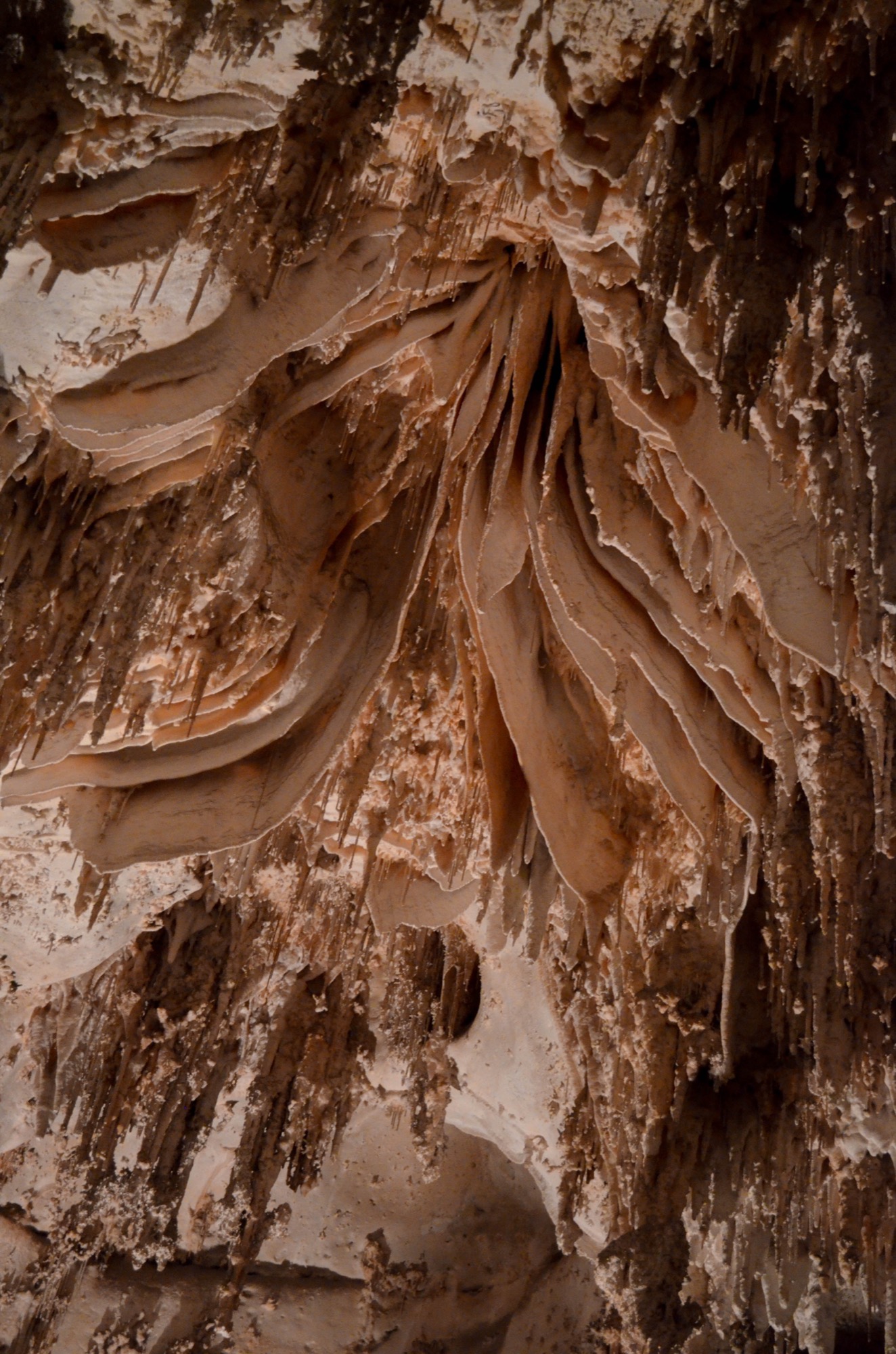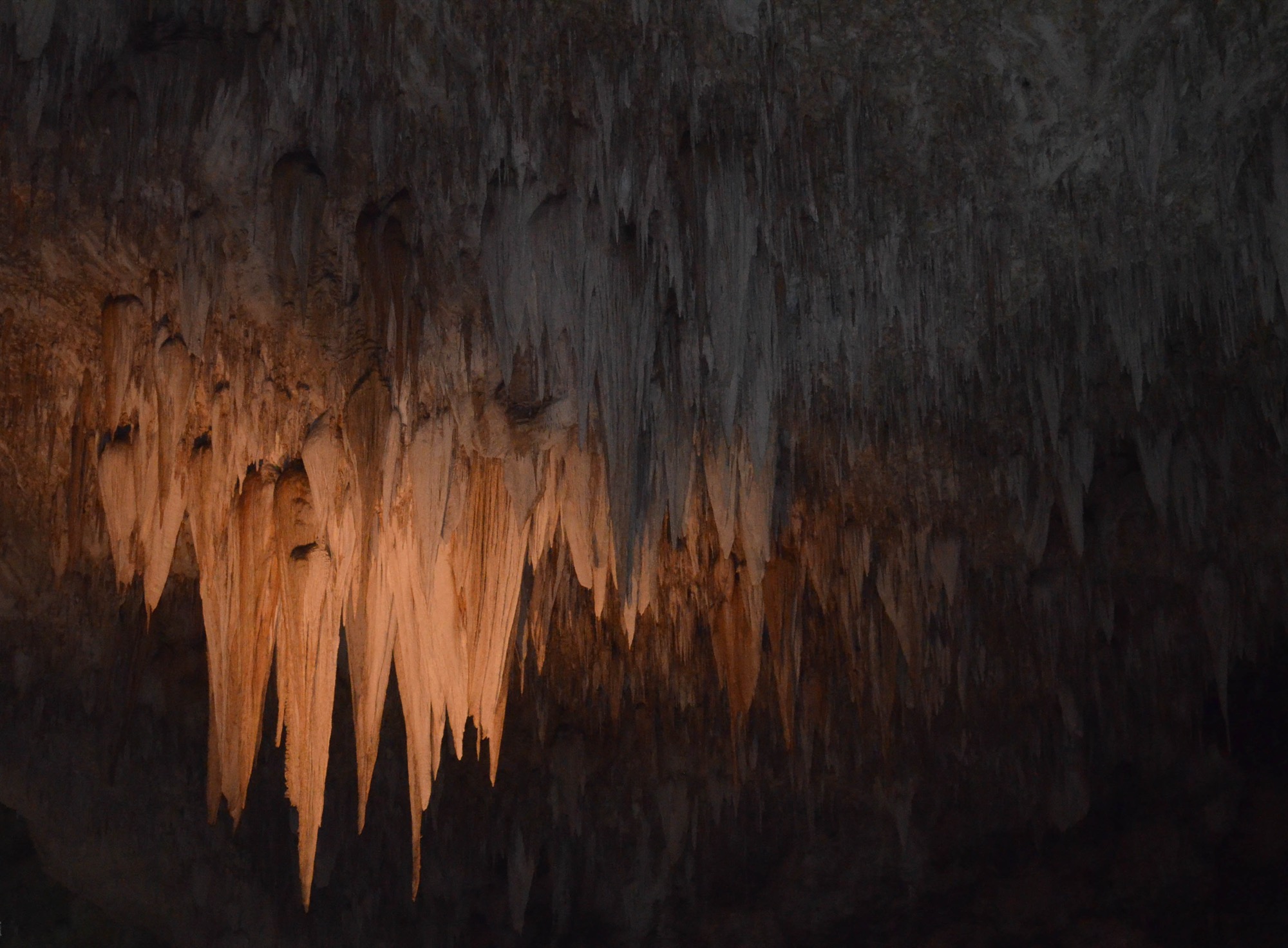Water Shapes the Cave
We saw many underground pools and some areas where the shape of the formation provided evidence that pools had once been there.
We saw many underground pools and some areas where the shape of the formation provided evidence that pools had once been there.
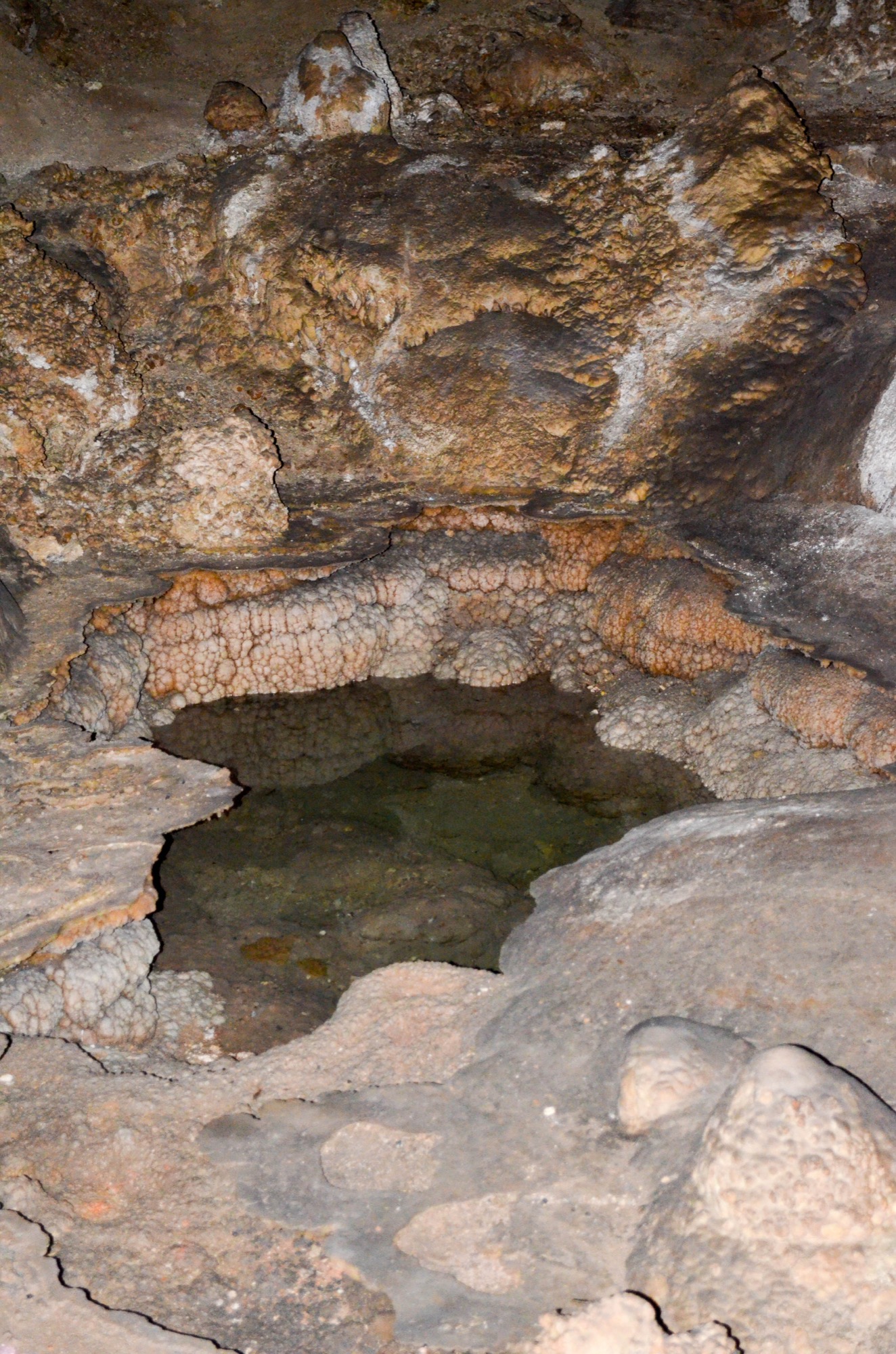


Pure calcite is colorless. The features that show yellows, oranges, reds, and browns were made of calcite that was mixed with other minerals. Many of the features in the painted grotto area of the cave were quite colorful.



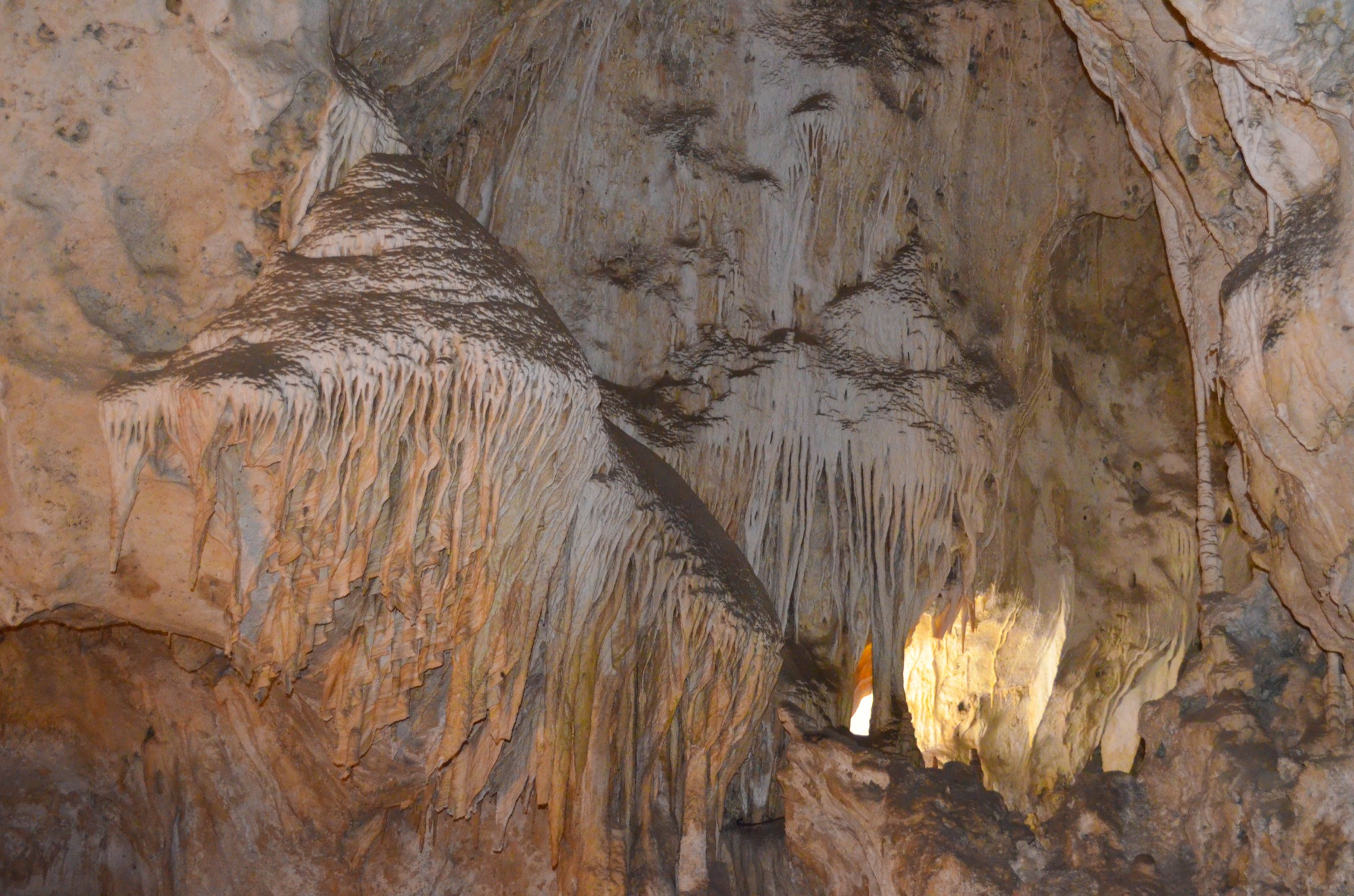
Check out the face in these rocks.

It is truly difficult to get an idea of just how large the cave is just by looking at these photos. The impressive size of the big room in particular is hard to capture. The people in some of the pictures helps put some of the relative sizes into perspective.
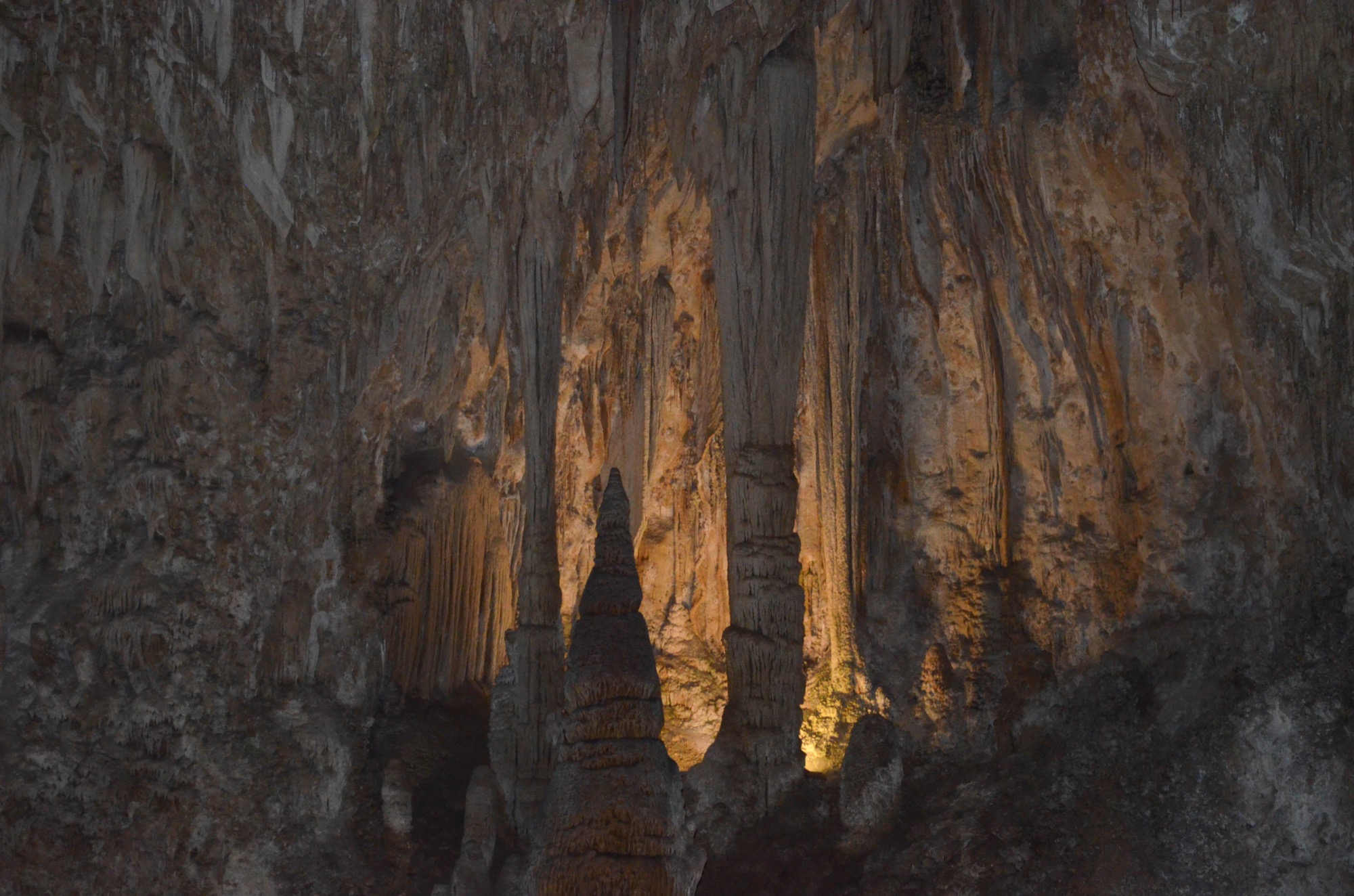

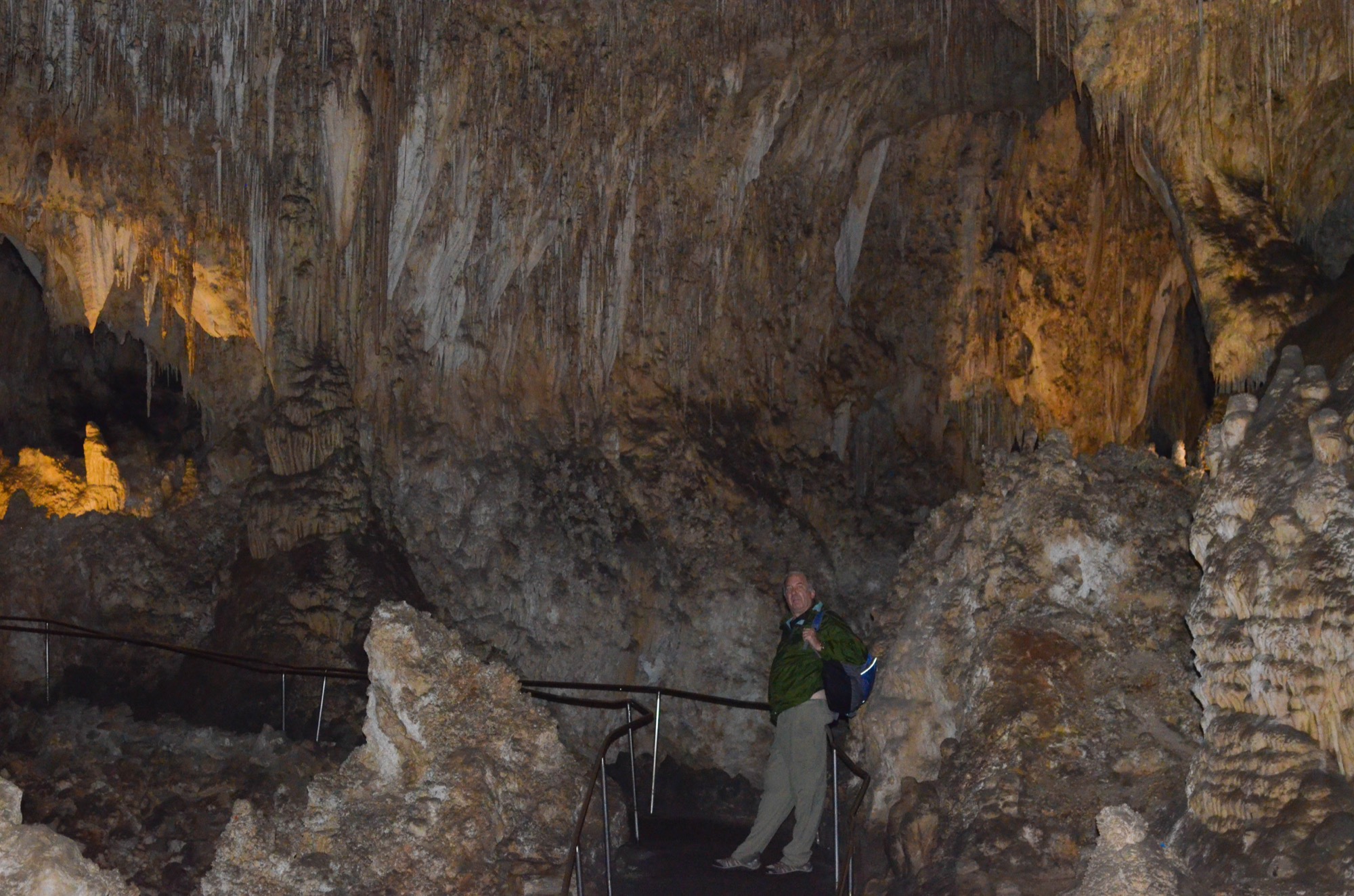

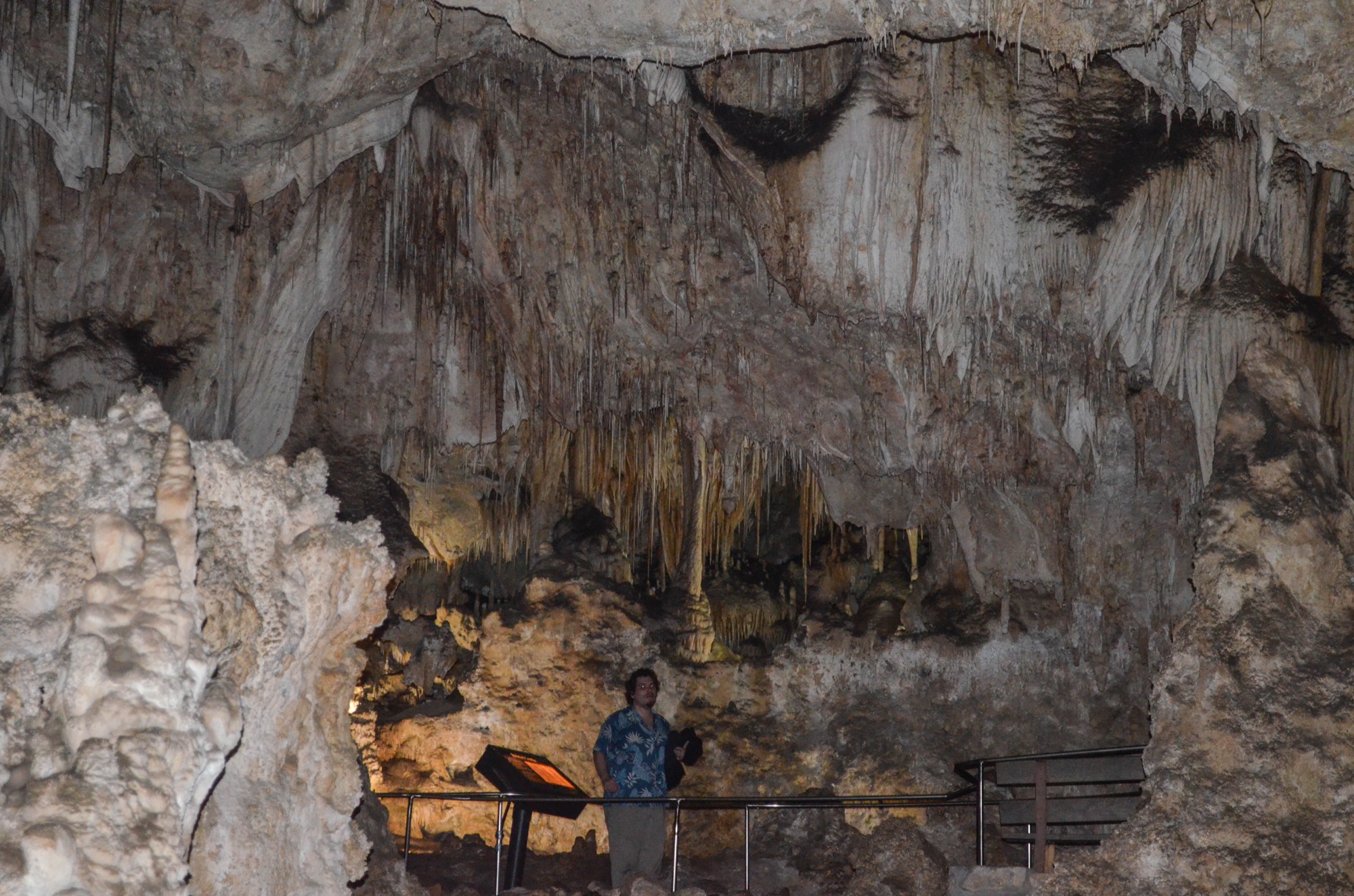



The Rock of Ages is a very old extremely large column located in the Big Room. It had lots of interesting textures and shapes when it was examined closely.
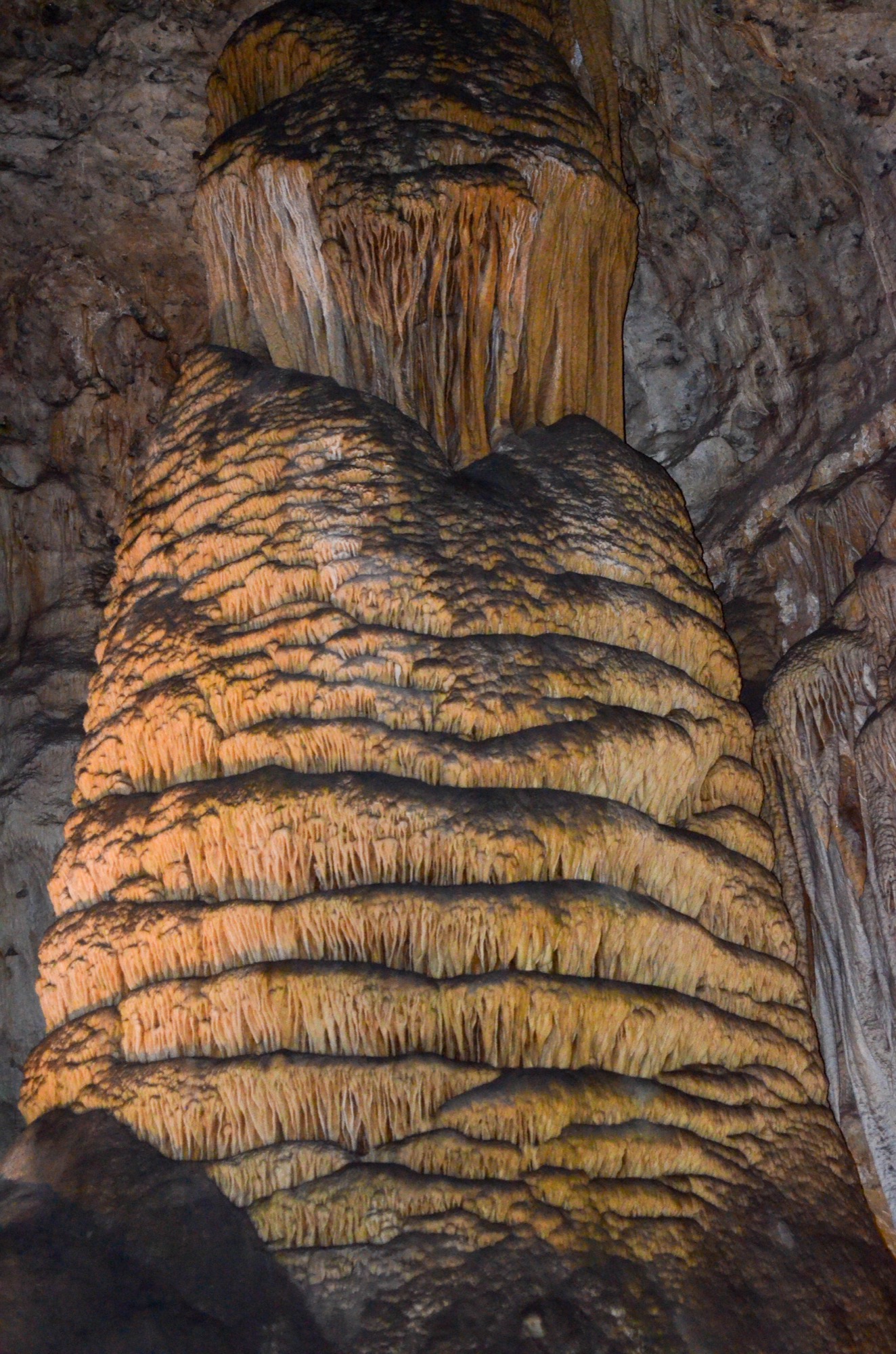





The bat in this photo has been fossilized. Bat claws are grasping in the relaxed position so that the animals do not fall when hanging from the ceiling to sleep.
In order to let go, bats must actively work to release their claws. Thus, when this bat died, it continued to hang on to the wall and the cave continued to grow around him.


The cave temperature is 56 degrees Fahrenheit all year round. As we walked and climbed we started to peal off layers. By our third trip into the cave, none of us even brought a jacket.
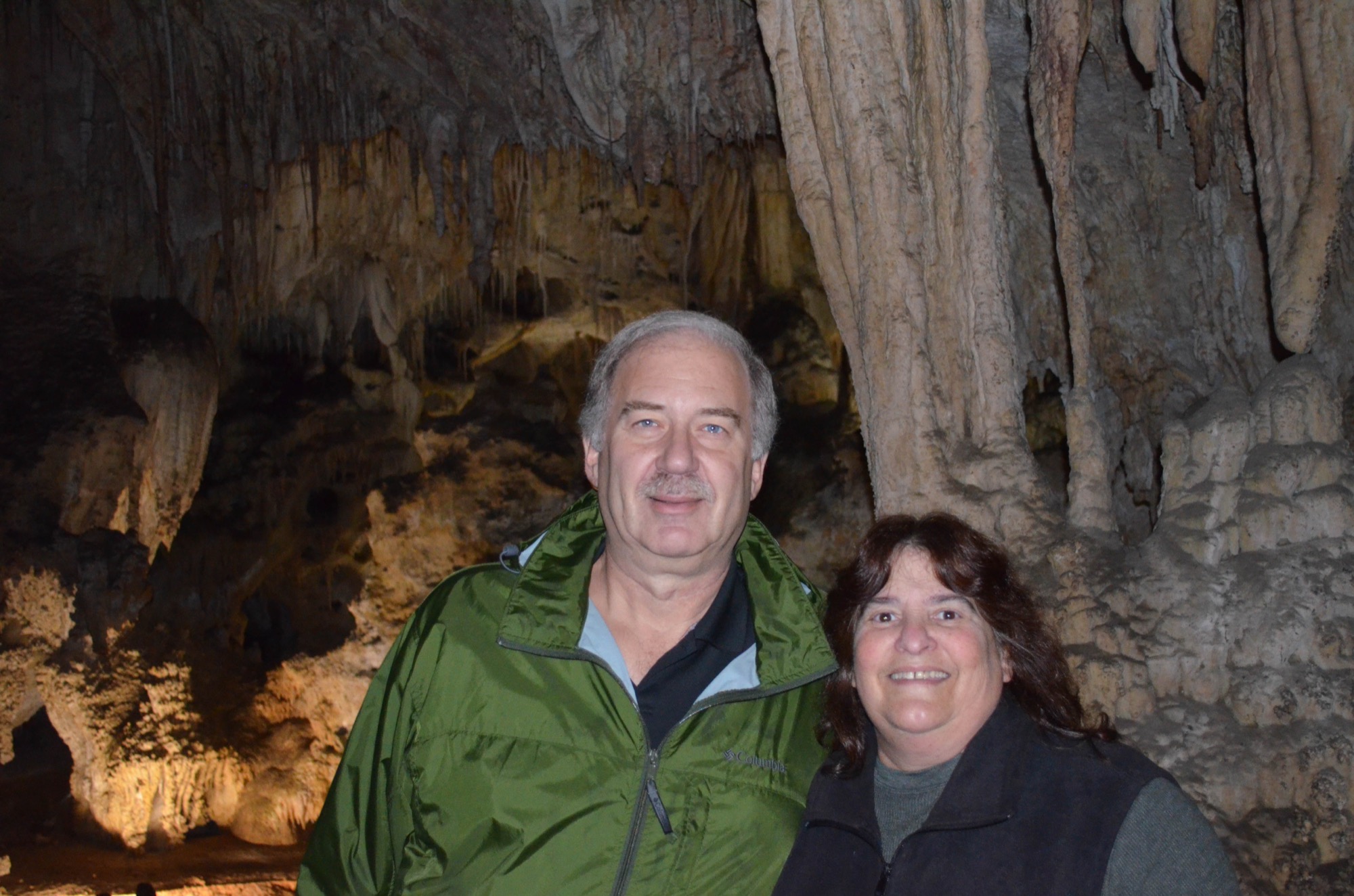
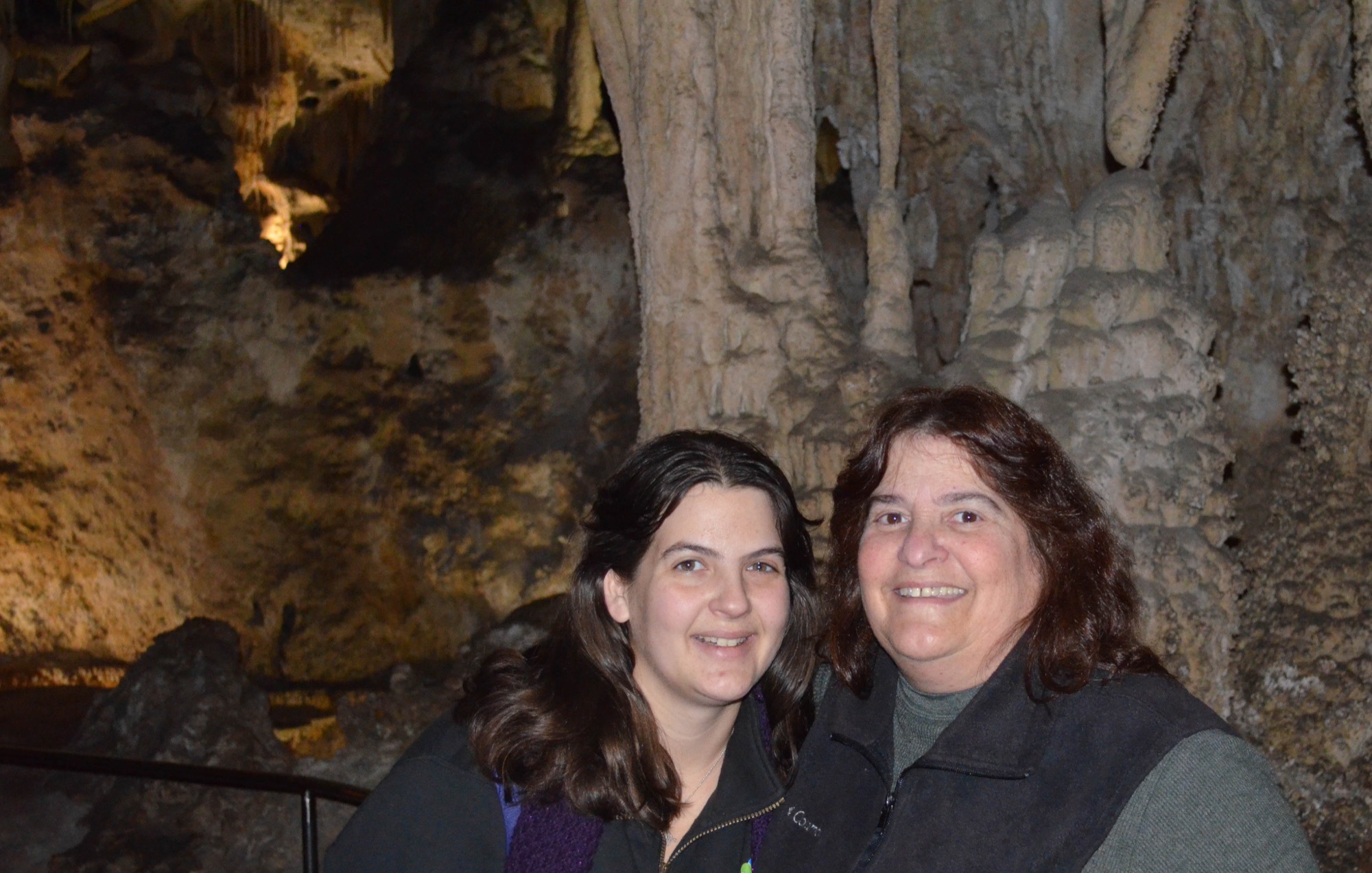
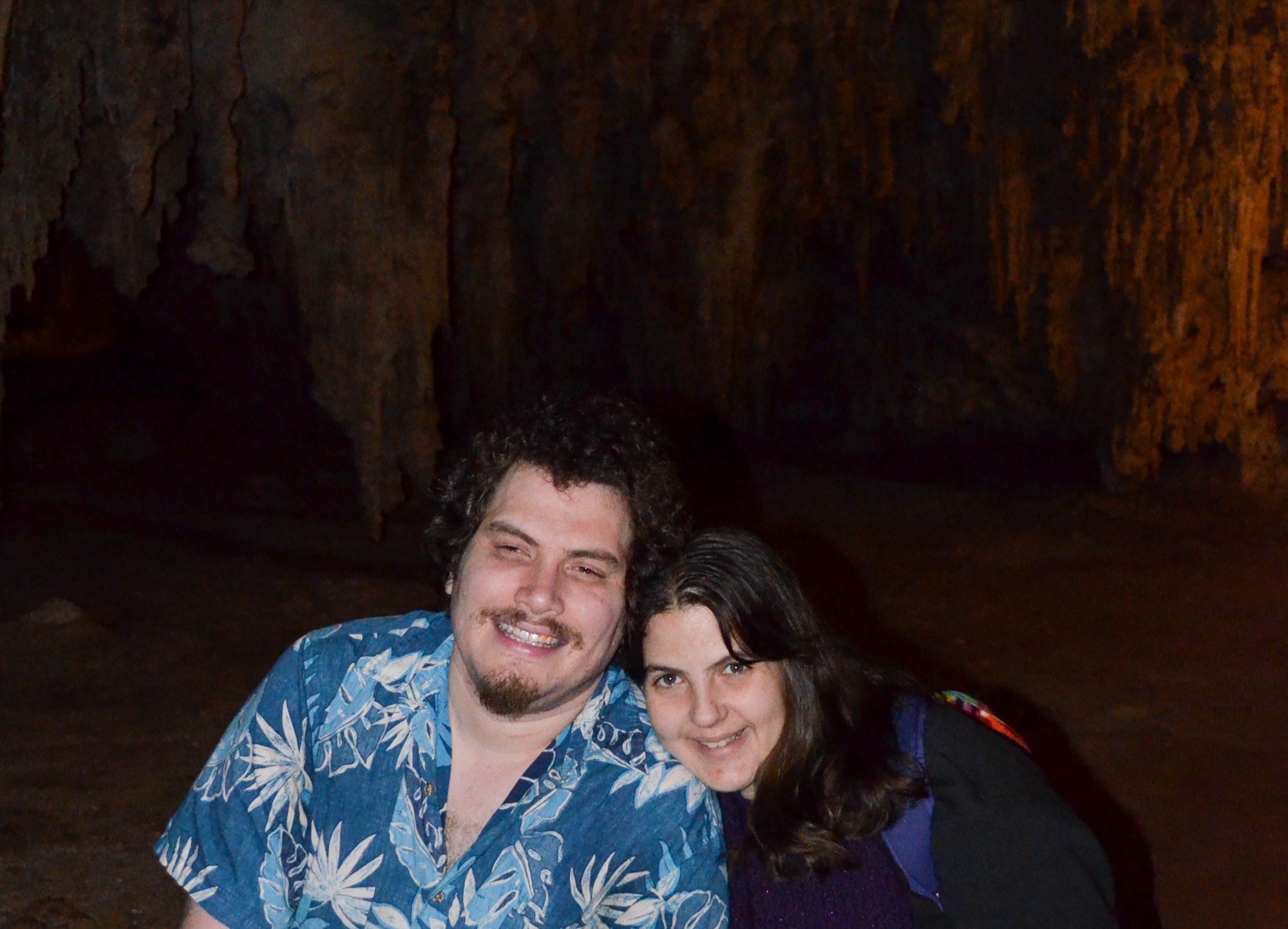
A switchback trail took us to the deepest portion of the cave that is open to the public, 830 feet below the surface. We walked down, and then back up, the equivalent of 8 stories. It was worth it to see beautiful features. Check out the formation that looks like a palace.


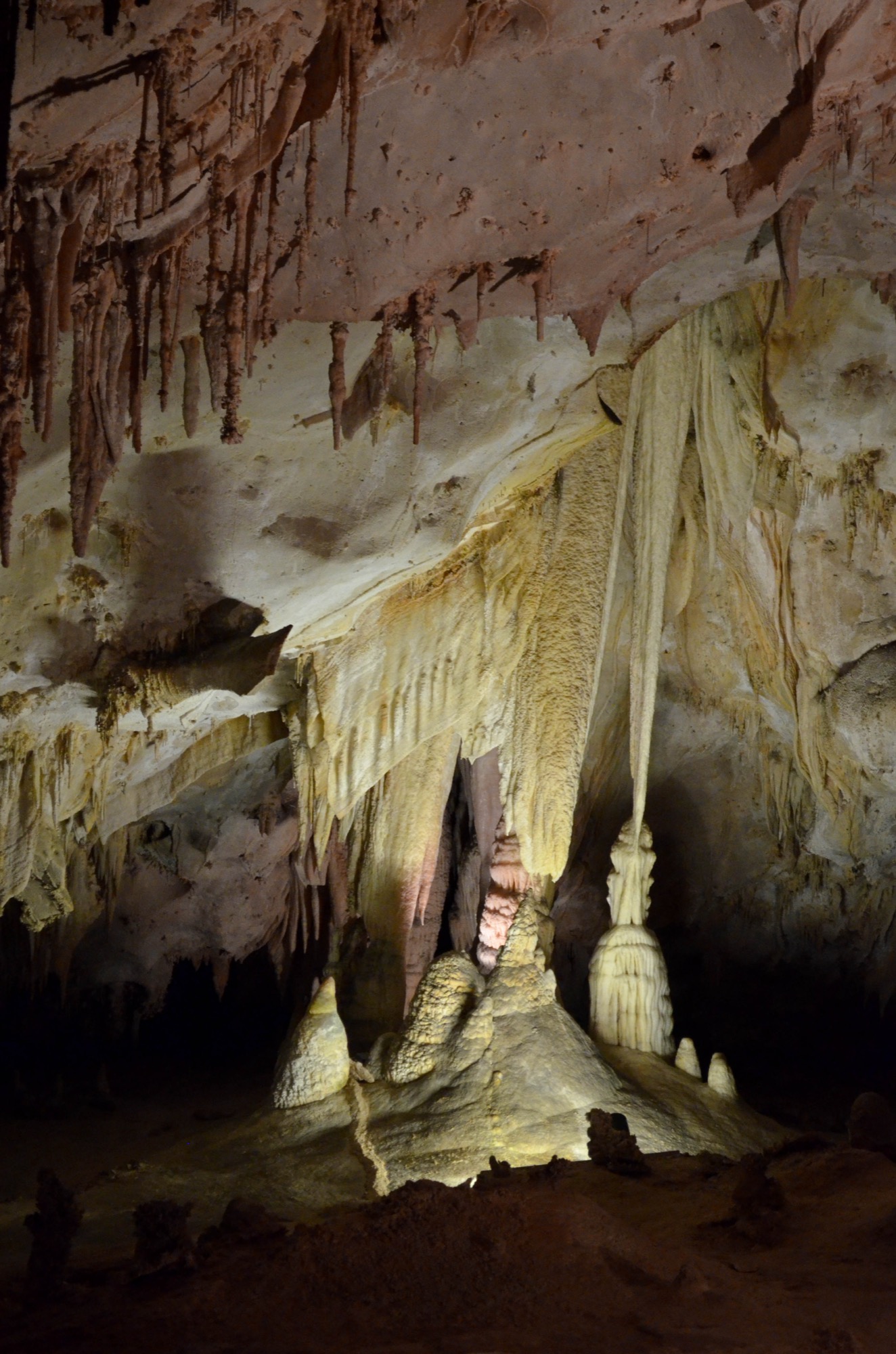

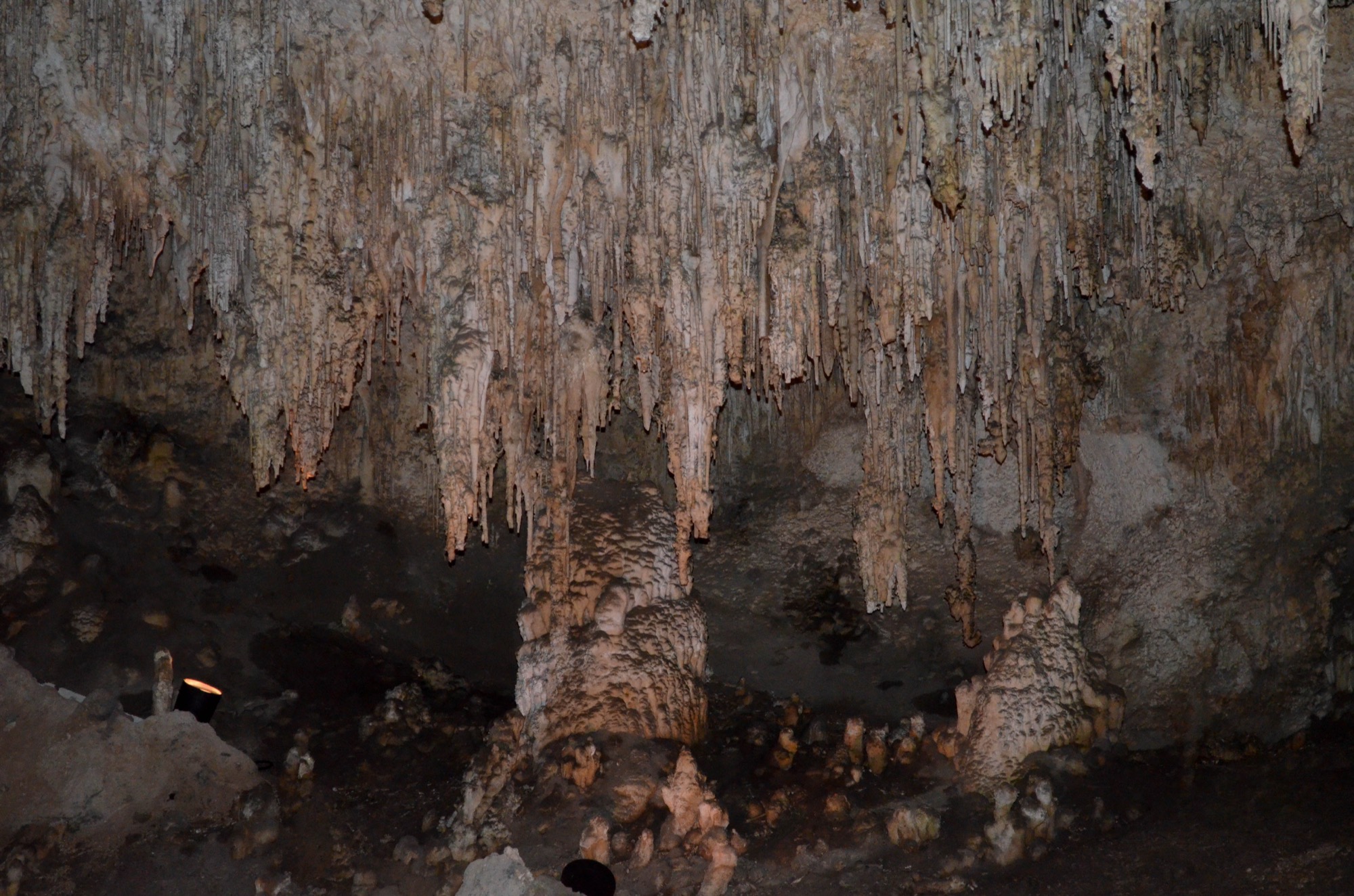
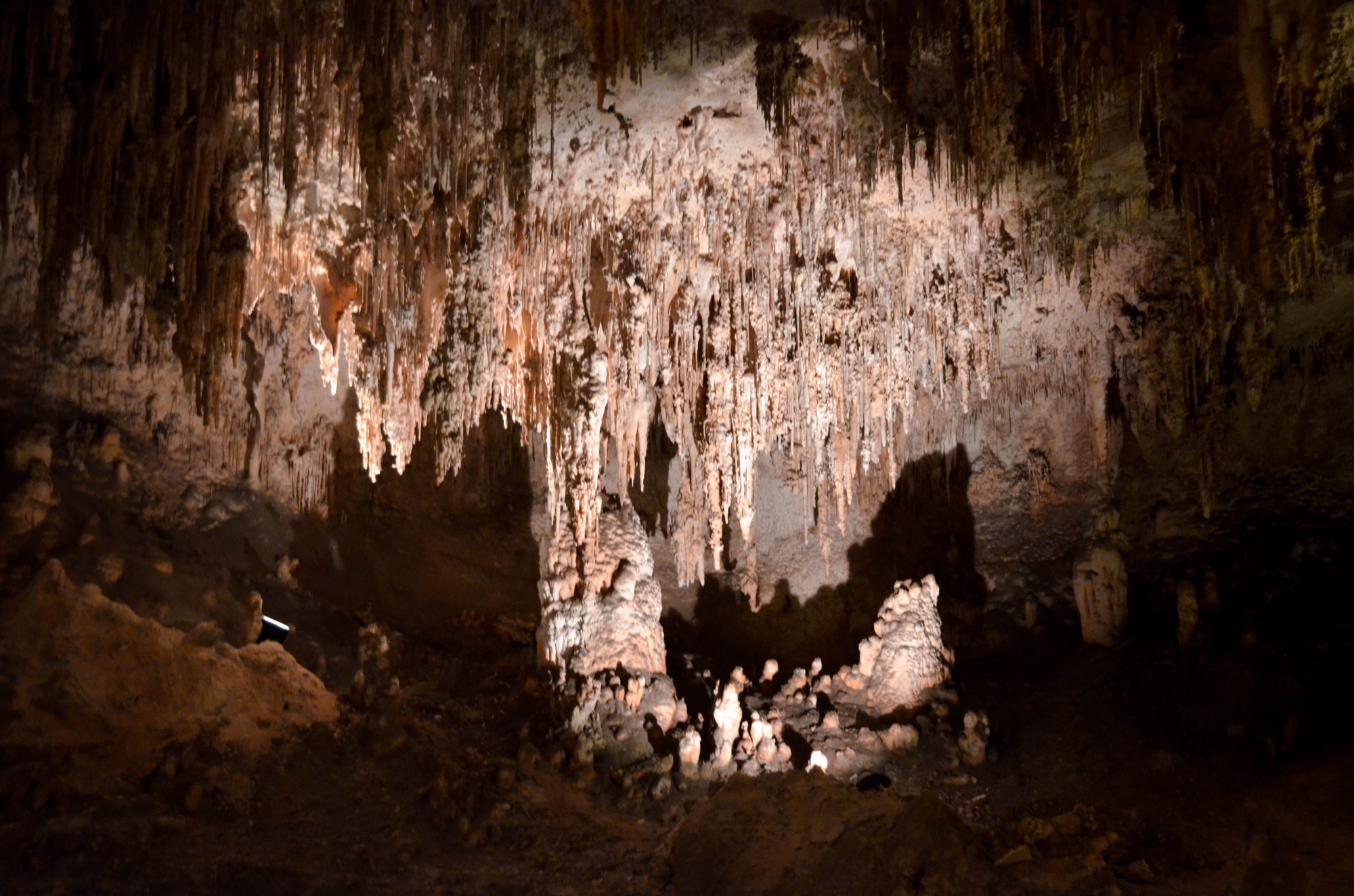
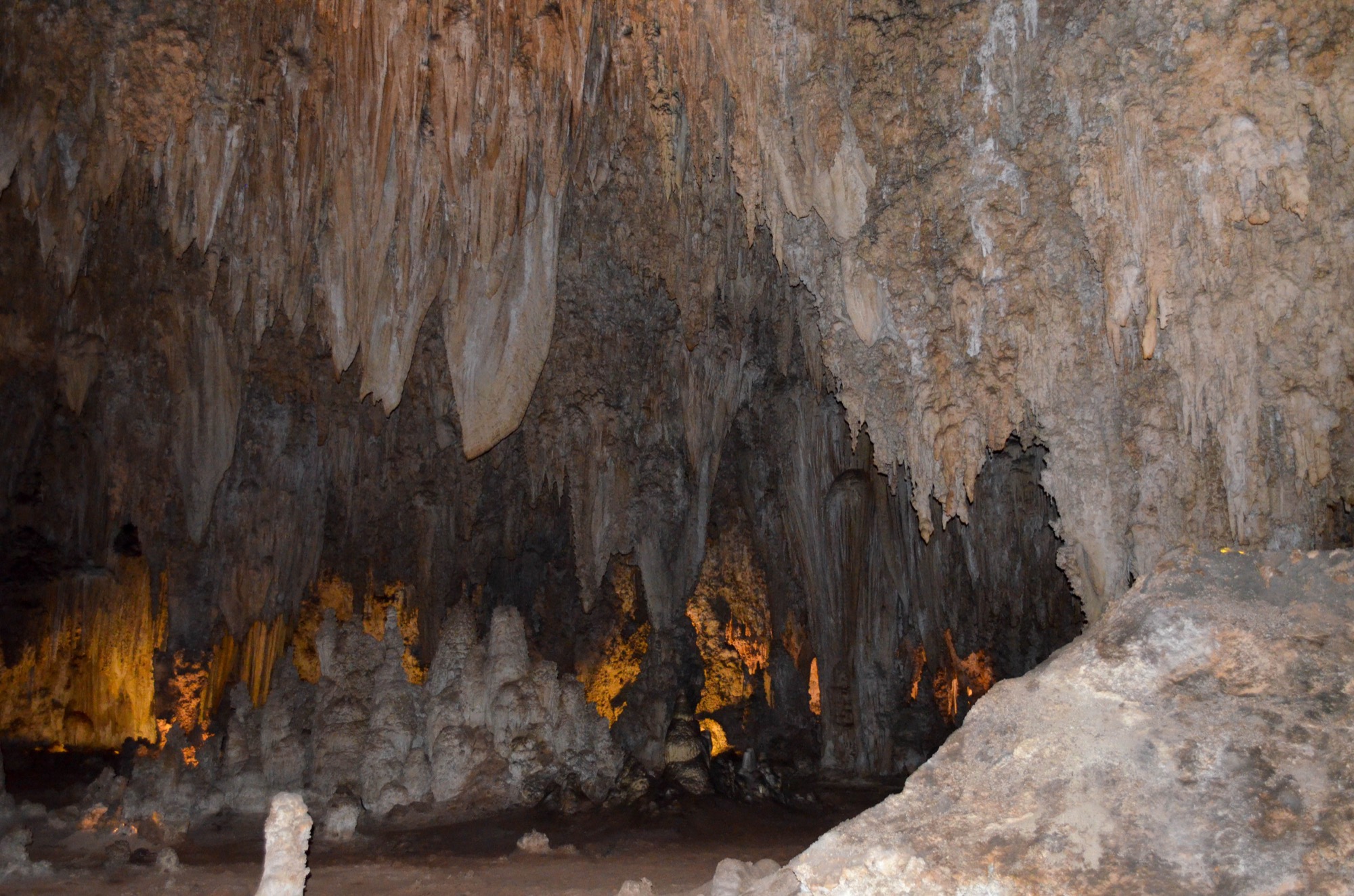
The caves were believed to have been discovered in the 1880s and were first used commercially as a source of guano, or bat droppings. The excrement made a very good nitrogen rich fertilizer.
An explorer named Jim White is credited for a great deal of the early explorations of the cave. He and other explorers marked their way by leaving carbon deposits from their lanterns on the cave walls.

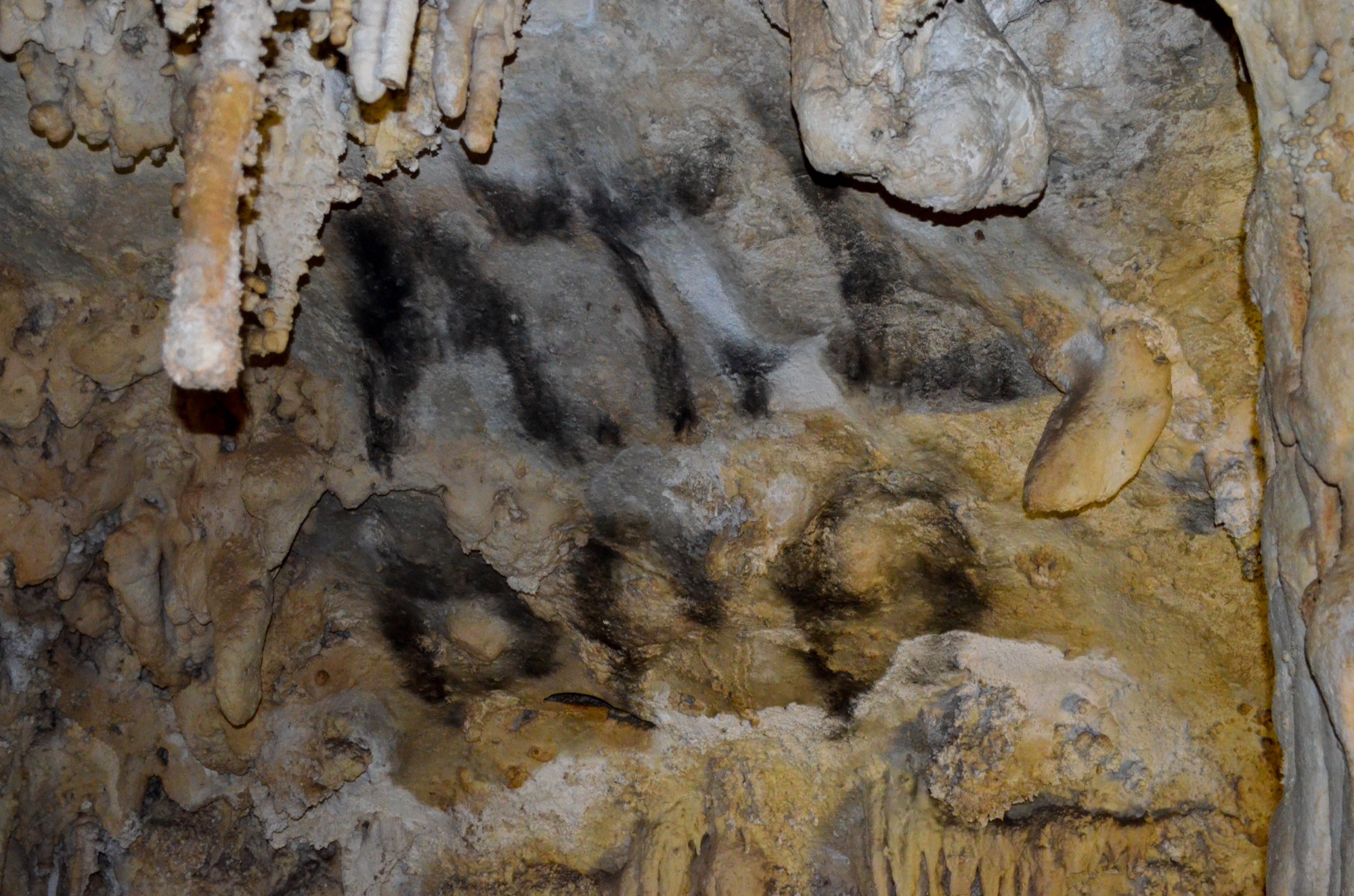
The formations above us on the King's Palace tour were amazing.
